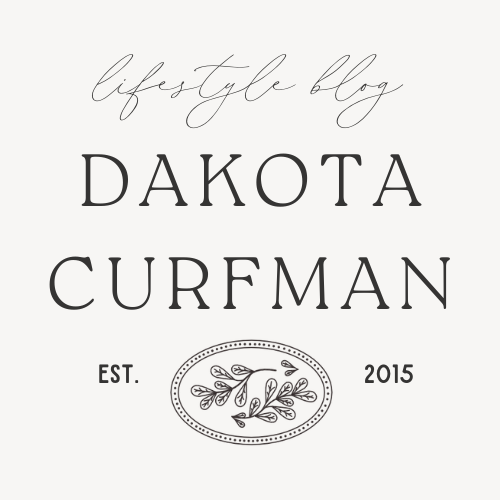
On March 25, 1911 the Triangle Shirtwaist Company factory located in New York City became engulfed in flames and quickly burnt down, killing 146 of the workers inside. This tragedy was the catalyst for new laws and procedures to protect workers.
The Triangle Shirtwaist Company factory was owned by Max Blanck and Isaac Harris. It was located in the top three floors of the Asch Building in downtown Manhattan. The Asch Building was a total of 10 stories high. It was the definition of a sweatshop. It was a cramped space lined with workstations. Workers were packed inside like a can of sardines. Most of the factory workers were poor immigrant, majority of them being teenage girls who didn't speak English.

When the fire initially broke out, there were four elevators that had access to the top three floors. Only one of them was working properly and it could only hold 12 people. Now you may be wondering, "what about the stairs?" There were only two stairways that led to the street. One of them was locked from the outside because the factory owners wanted to prevent theft by the workers. The other opened inward only, making it hard to get through. The fire escape was so poorly constructed, and could only support the weight of a few women at one time.


This was not the first factory fire that Max Blank and Issac Harris had under their belts. The Triangle factory was burnt twice in 1902, and their Diamond Waist Company factory burned twice as well, in 1907 and in 1910, respectively. It was as if Blanck and Harris deliberately set their factories ablaze before business hours so they could cash in on the large fire insurance policies they had. Unfortunately, this wasn't an uncommon practice in the early 20th century. Although there was suspicions of them starting previous fires, it was not the cause of the 1911 fire. Although, their greed definitely had a hand in contributing to the tragedy because Blanck and Harris refused to install sprinkler systems and take other safety measures, in case they wanted to easily burn down their factories again.

If you weren't already convinced that these men had no ethical or moral values, they were also notorious for pushing against better work environments for their employees. Their employees worked 12 hours a day, everyday and were only paid $15 a week. It was unjust to say the least, cruel would be the better word. In 1909, the International Ladies Garment Workers Union led a strike demanding better pay and shorter hours. Blanck and Harris were one of the few factory owners who resisted. They even went so far as to hire police to imprison the women who were on strike. They also paid off politicians to ignore what was going on.
On the morning of Saturday, March 25, there were 600 workers crammed in those top three stories. A fire had broken out in a rag bin located on the 8th floor. The manager on that floor tried to extinguish the fire by turning on the fire hose, but the hose was so rotted. The valve was rusted shut. Panic soon spread just as fast as the fire. Workers ran to every exit they could. The elevator ended up breaking down after only four trips. Panicked women started jumping down the elevator shaft, straight to their deaths. Those who ran down the wrong staircase were trapped and ended up burning alive. Women who were trapped on the eighth floor started desperately jumping out of the windows. This only created more problems for the firefighters, because their hoses were being crushed by falling bodies. The ladders that firefighters’ had on hand only reached as high as the seventh floor. Their safety nets weren't strong enough to catch the women, because they were jumping three or more at a time.



Ironically, Blanck and Harris were on the top floor when the fire started. They were able to get to safety because they climbed onto the roof and jumped onto the roof of a nearby building.
The firemen on scene were able to extinguish the fire within 30 minutes, but the damage had already been done. 146 people had died in a blink of an eye. April 5, 1911 a march was organized by the union and 80,000 people attended it. They demanded better working conditions and safety protocols in factories.
Not surprisingly, Blanck and Harris got of scot free for the deaths they were responsible for. But, because of this tragedy it inspired change to prevent accidents like this from happening again.




